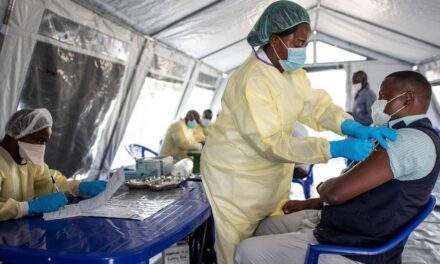Exercise has been identified as a powerful tool in halting the accumulation of lipids, a type of fat that accumulates as the body’s tissue ages, potentially aiding in reversing the aging process, according to a study conducted by scientists from Amsterdam University Medical Center (UMC), Netherlands.
Published in the journal Nature Aging, the study, which examined both humans and mice, uncovered specific lipids associated with tissue aging that could be diminished through regular exercise.
Professor Riekelt Houtkooper from the laboratory Genetic Metabolic Diseases of Amsterdam UMC expressed, “The idea that we could reverse aging is something that was long considered science fiction, but these findings do allow us to understand a lot more about the aging process.”
Assistant Professor Georges Janssens, also from Amsterdam UMC, added, “Everyone says that ‘it’s just part of getting older,’ but this doesn’t actually have to be true. By understanding more about the aging process, we can also look into new ways of intervening.”
In their study on mice, the researchers delved into how the composition of fats influenced changes in muscles, kidneys, liver, and heart. They identified a specific type of lipid, bis(monoacylglycero)phosphates (BMPs), that were found to be elevated in all tissues from older animals.
Similarly, muscle biopsies from older adults exhibited a comparable accumulation of BMPs. However, biopsies taken after one hour of daily exercise showcased a significant decrease in BMP levels, highlighting the crucial role of physical activity in reducing lipid build-up associated with aging.
While these findings offer promising insights into the potential of exercise to reverse the aging process, the researchers emphasize the need for further studies to fully elucidate the role of physical activity in combating age-related changes.
This groundbreaking research underscores the profound impact of exercise on cellular processes associated with aging and opens new avenues for exploring interventions to promote healthy aging and longevity.











